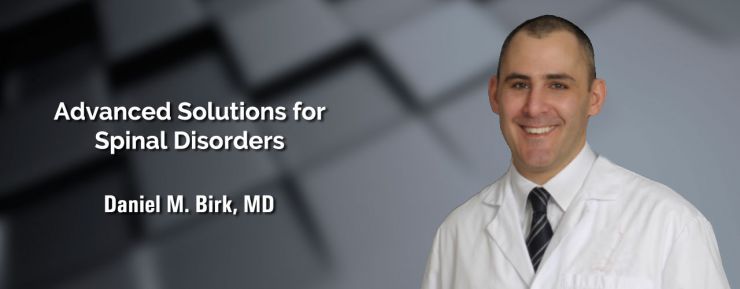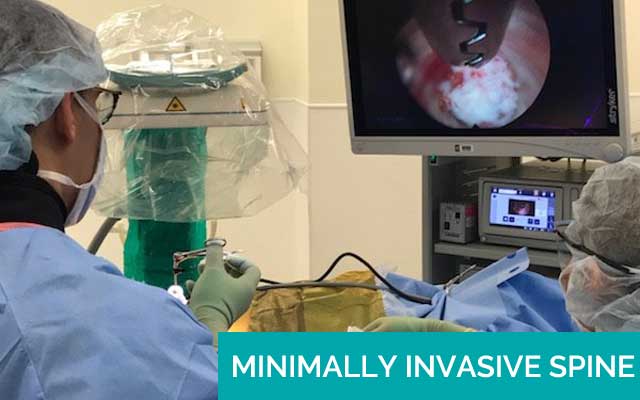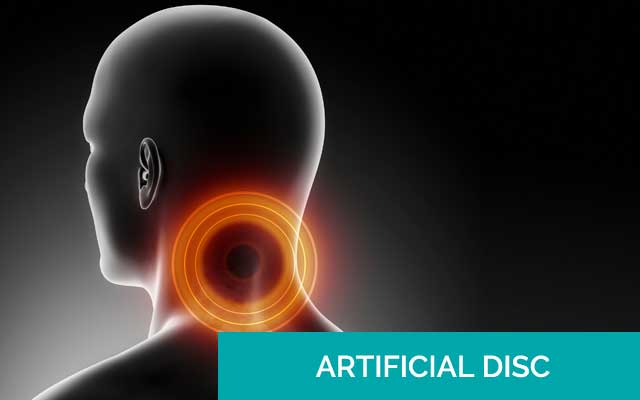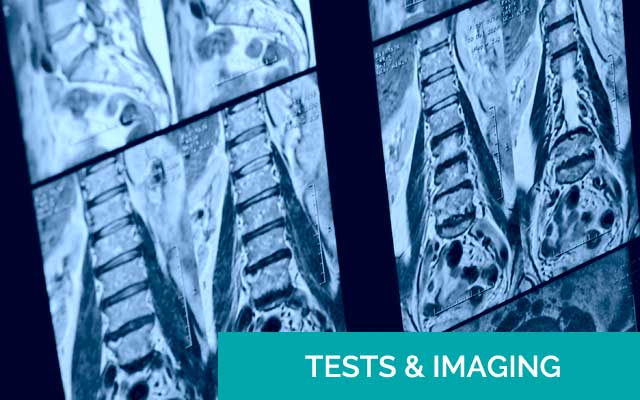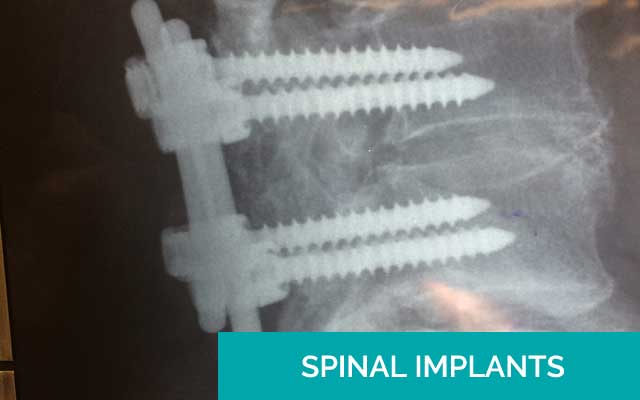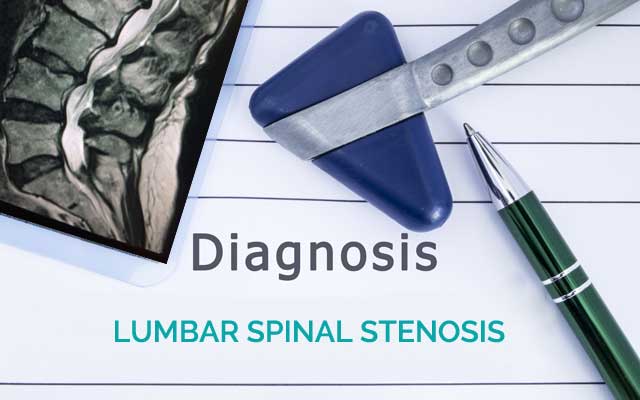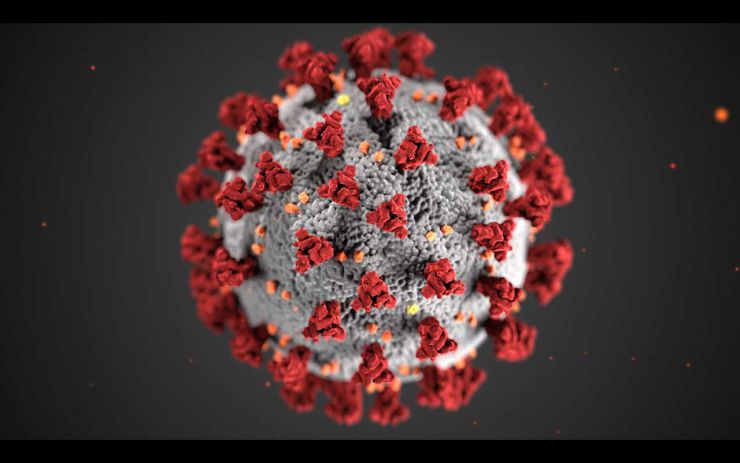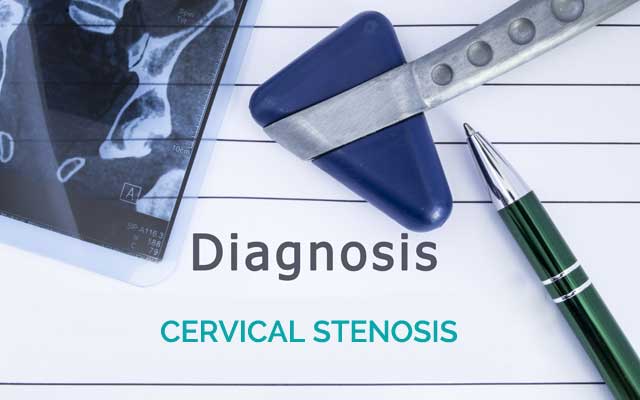
Cervical Spinal Stenosis
Cervical stenosis is a narrowing of the spinal canal in the neck area or upper part of the spine. This narrowing places pressure on the spinal cord. While some patients are born with this narrowing, most cases of cervical stenosis occur to patients over the age of 50 and are the result of aging and "wear and tear" on the spine.
More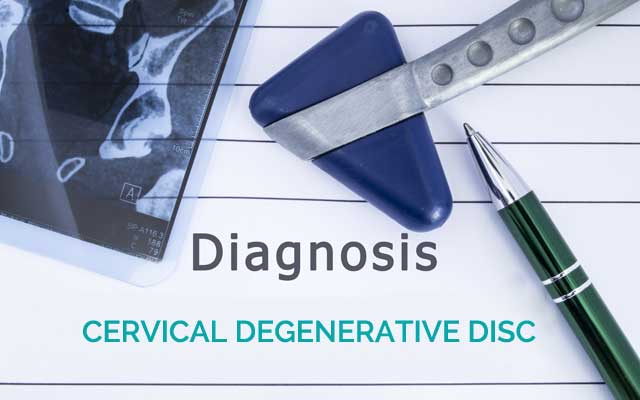
Cervical Degenerative Disc Disease
As we age, our vertebral discs, which serve as shock absorbers for the spine, gradually dry out, affecting their strength and resiliency. This can lead to degenerative disc disease (DDD). DDD of the cervical spine is a relatively common condition for aging adults. However, many people who have cervical degenerative disc disease don’t even know it.
More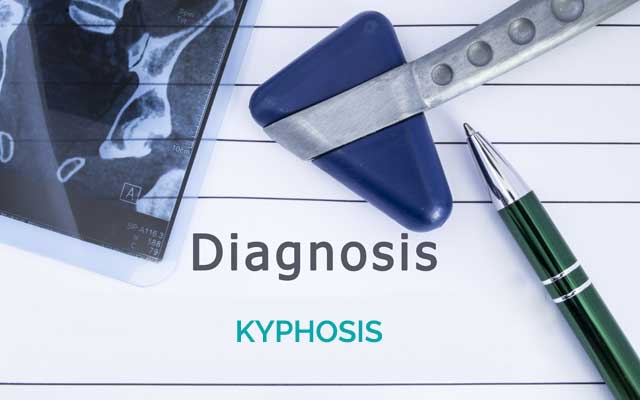
Scheurmann's Kyphosis
Most patients visit a doctor with this disorder when they become aware of a convex curve to their back. Some patients may also see a doctor due to back pain, especially those adolescents who have a thoracolumbar kyphosis.
In addition to the convex curve in the thoracic spine, some patients develop what is called a compensatory curve in the lumbar spine.
More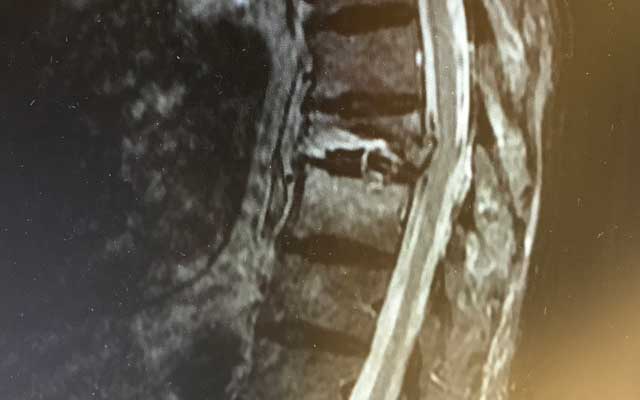
Compression Fractures
The spinal column consists of 34 individual bones called vertebrae. Separating the vertebrae from each other are intervertebral discs that cushion and absorb the stress and shock that the body incurs during movement and give the spine its flexibility. Compression fractures occur when the vertebrae collapse, decreasing the space between them. These injuries often happen to people with osteoporosis and can be the result of a minor fall or even simple daily activities such as bending or lifting.
More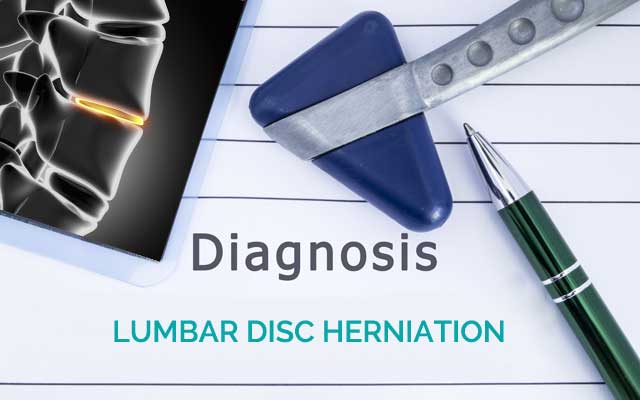
Lumbar Disc Herniation
A lumbar herniated disc is a common cause of low back and leg pain. Discs, which act as shock absorbers for the spine, are located in between each of the vertebrae in the spine. Each disc contains a tire-like outer band (called the annulus fibrosus) that surrounds a gel-like substance (called the nucleus pulposus).
More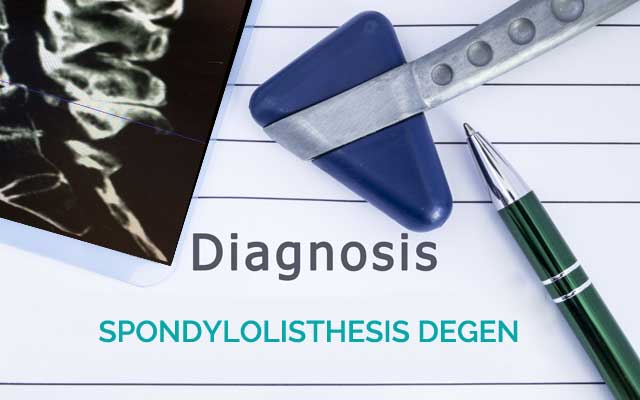
Spondylolisthesis
Spondylolisthesis is a spinal condition in which one vertebra slips forward over the vertebra below. Degenerative spondylolisthesis, usually occurs in the lumbar spine, especially at L4-L5. It is the result of degenerative changes in the vertebral structure that cause the joints between the vertebrae to slip forward. This type of spondylolisthesis is most common among older female patients, usually those over the age of 60.
More